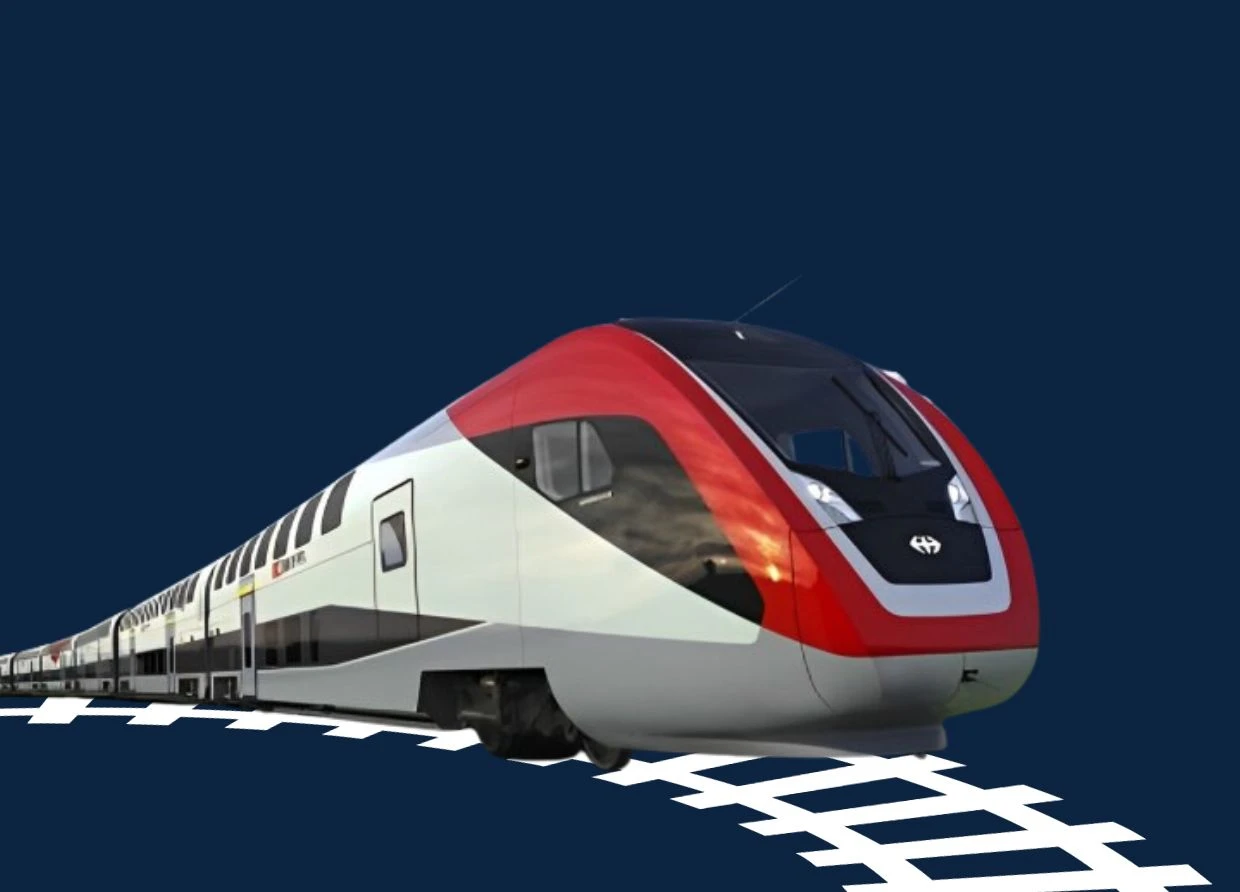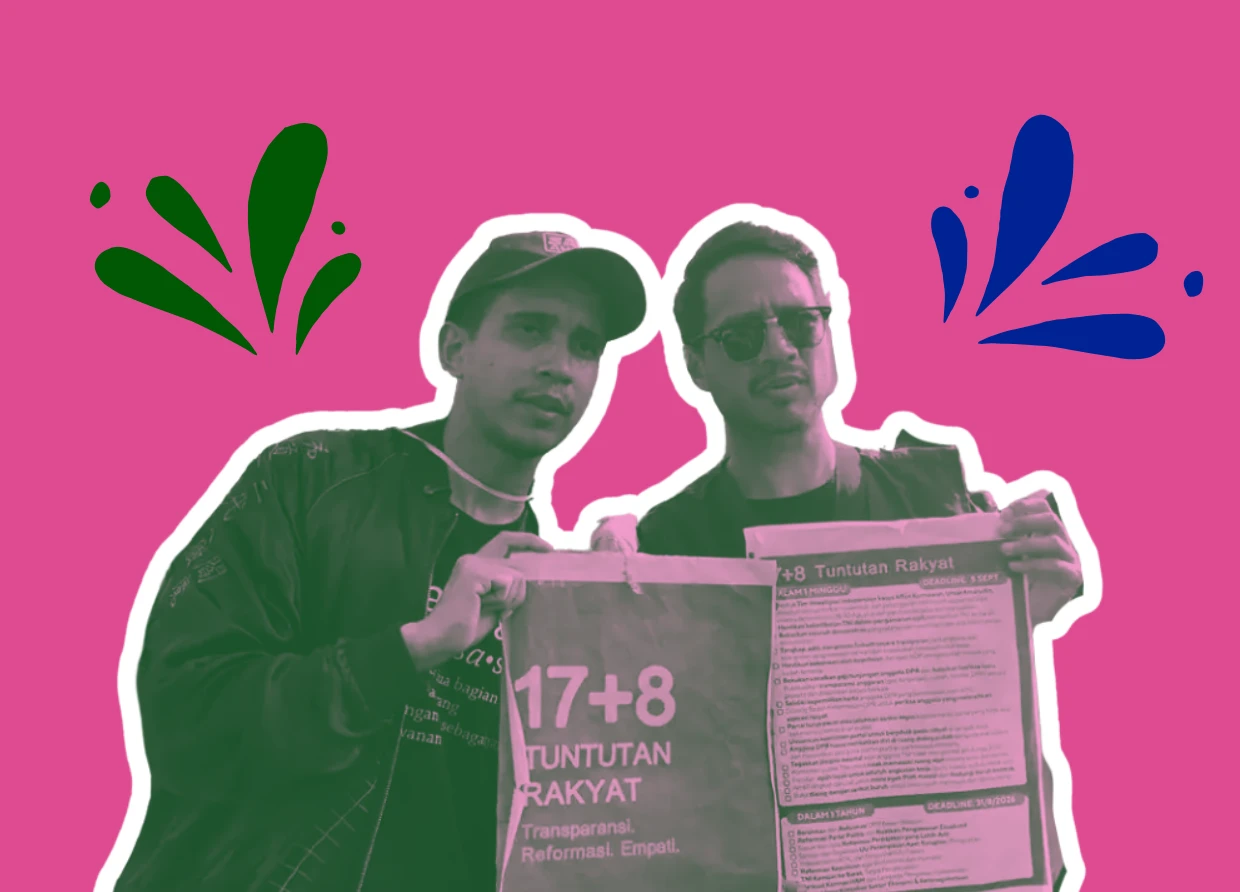BALI'S AMBITIOUS PLAN: A TRAMLINE TO CONNECT POPULAR TOURIST BEACHES
As Bali tackles its notorious traffic congestion, ambitious plans for a tramline and underground metro take shape.

Bali, the Indonesian island known for its stunning beaches and vibrant culture, has long grappled with severe traffic congestion. While residents and frequent visitors have grown accustomed to the daily traffic woes, leaders and Bali enthusiasts are now pushing for significant and rapid changes.
Transport officials recently confirmed their plans to create an underground metro line connecting I Gusti Ngurah Rai International Airport to resort destinations like Seminyak and Sanur by 2024. Although securing funding, land acquisition, and necessary legislative changes is an ongoing challenge, the Badung Regency, which houses some of the island's most popular beaches, is working on a tram line to connect these picturesque spots.
The Badung Regency, where popular resorts like Kuta, Jimbaran, Uluwatu, Seminyak, Legian, and Canggu are located, sees the highest volume of tourists. While the ambitious underground metro line is slated for 2024 or 2025, local leaders believe that a tram line can be operational more swiftly and not interfere with the central government's metro line plans.
The proposed tram line aims to connect Bali Airport with the Samigita Beaches, a stretch of coastline that spans from Kuta to the beaches in the resort town of Legian. The Regent of Badung, I Nyoman Giri Prasta, has stated that the tram project is under review and has reached the technical assessment phase. The tram line will be established as an investment by PT Industri Kereta Api (INKA), a state-owned enterprise, with the Badung Regency Government providing the land.
Both projects have been on the table for years, but recent statements from both central and regency officials suggest a renewed commitment to seeing them through. Funding remains a concern, with the metro line project having been budgeted for in 2019 but halted due to the pandemic.
I Gede Wayan Samsi Gunarta, the Head of the Bali Province Transportation Service, revealed that phase one of construction, including the rail line from Gusti Ngurah Rai Airport to Kuta, Central Parking, and Seminyak, required IDR 8-10 trillion. The Bali Provincial and Central governments are actively seeking international investors to support the projects.
The Acting Governor of Bali, Sang Made Mahendra Jaya, has met with the South Korean Ambassador to Indonesia, raising hopes for investment and advisory support from the Seoul Metropolitan Subway team.
Construction on both projects is unlikely to begin until mid-2024 at the earliest, and completion may take several years. In the meantime, tourists can continue to rely on taxis and private hire drivers to travel between the airport and their beachfront destinations.
Travel options are expanding, with the introduction of GoCar, an e-taxi service similar to Uber, at the airport. Additionally, a new initiative has established a market standard and accreditation system for participating taxi drivers, improving the overall tourist experience.
While the traffic congestion issue remains a challenge, Bali is taking steps to ensure a smoother and more enjoyable travel experience for its visitors.
#THE S MEDIA #Media Milenial #Bali #traffic congestion #transportation #tramline project #underground metro #tourism #travel options #infrastructure development #Badung Regency #international investors #South Korea #GoCar #taxi accreditation #tourist experience


























